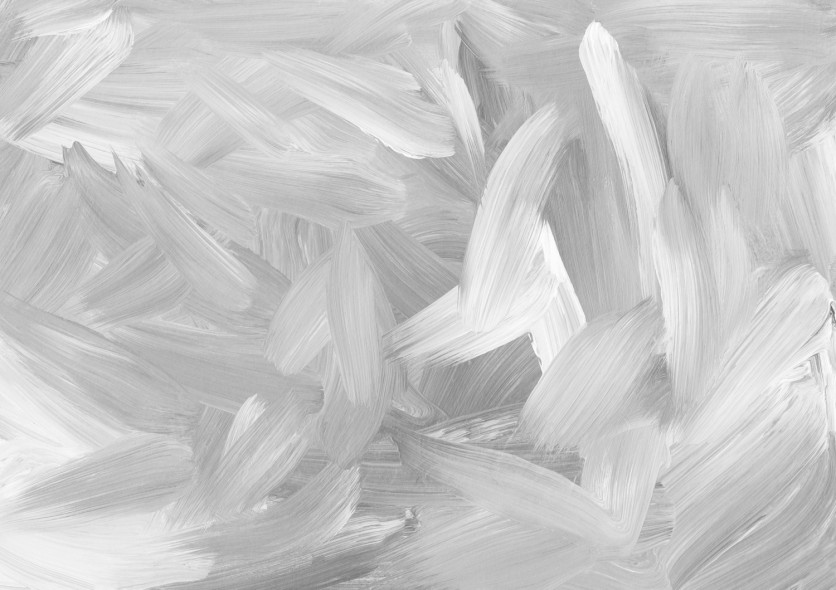The fight against global warming may have found an unexpected ally in an unconventional source: paint. In 2021, researchers at Purdue University unveiled their creation-the whitest paint ever developed.
This remarkable paint reflects over 98% of light, making it a potential game-changer in addressing rising temperatures on Earth.

Heat-absorbing White Paint
Business Insider reports that the primary benefit of this ultra-white paint lies in its ability to mitigate heat absorption. When applied to buildings, it can significantly reduce surface temperatures, leading to cooler interiors and decreased reliance on air conditioning.
However, what if this innovation could be applied on a much larger scale-like lowering the temperature of the Earth?
Jeremy Munday, a clean technology expert and professor at the University of California, Davis, explains that if a material similar to Purdue's paint were applied to just 1-2% of the Earth's surface, it could effectively reflect enough light to stabilize global temperatures, presenting significant potential in the fight against climate change.
Munday assures us that the amount of light redirected into space would have no adverse effects on the cosmos, likening it to pouring a cup of water into the vast ocean.
To grasp the scale of 1-2% coverage, we need to consider the Earth's total surface area, which is approximately 197 million square miles, with a majority being covered by water. Consequently, we would need to apply the white paint to an expanse of roughly 2-4 million square miles.
To put this into perspective, the land area of the United States alone spans slightly over 3.5 million square miles. Envisioning a scenario where the entire country is coated in white paint, extending from one coast to the other, provides a glimpse into the magnitude of this undertaking.
Read Also : Butterfly Inspired: The World's Lightest Paint Offers Eco-Friendly Alternative to Pigment-Based Paint
Painting the Earth White
The sheer quantity of paint required is staggering. If the Purdue researchers' claims are true and the paint behaves similarly to commercial varieties, a gallon of this white paint would be able to cover approximately 400 square feet, according to Business Insider's report.
To cover a mere 1% of the Earth's surface, an astounding amount of around 139 billion gallons would be required.
Naturally, these staggering figures double if we aspire to cover 2% of the Earth's surface. Additionally, the complexity of painting extensive areas such as oceans, deserts, and forests cannot be overlooked.
While the concept of utilizing white surfaces to mitigate rising temperatures is not entirely novel-evidenced by the prevalence of white cars in hot regions Texas-implementing this approach on a global scale poses a truly monumental challenge.
Nevertheless, the work being done by Purdue University and other researchers signifies progress in our fight against climate change. The development of the whitest paint ever created showcases the potential of innovative solutions.
However, it also underscores the long road ahead before we can fully address the challenges posed by rising global temperatures.
Related Article : [WATCH] NASA Releases Shocking Animation Showing How Far Sea Levels Have Risen in 30 Years

ⓒ 2025 TECHTIMES.com All rights reserved. Do not reproduce without permission.




